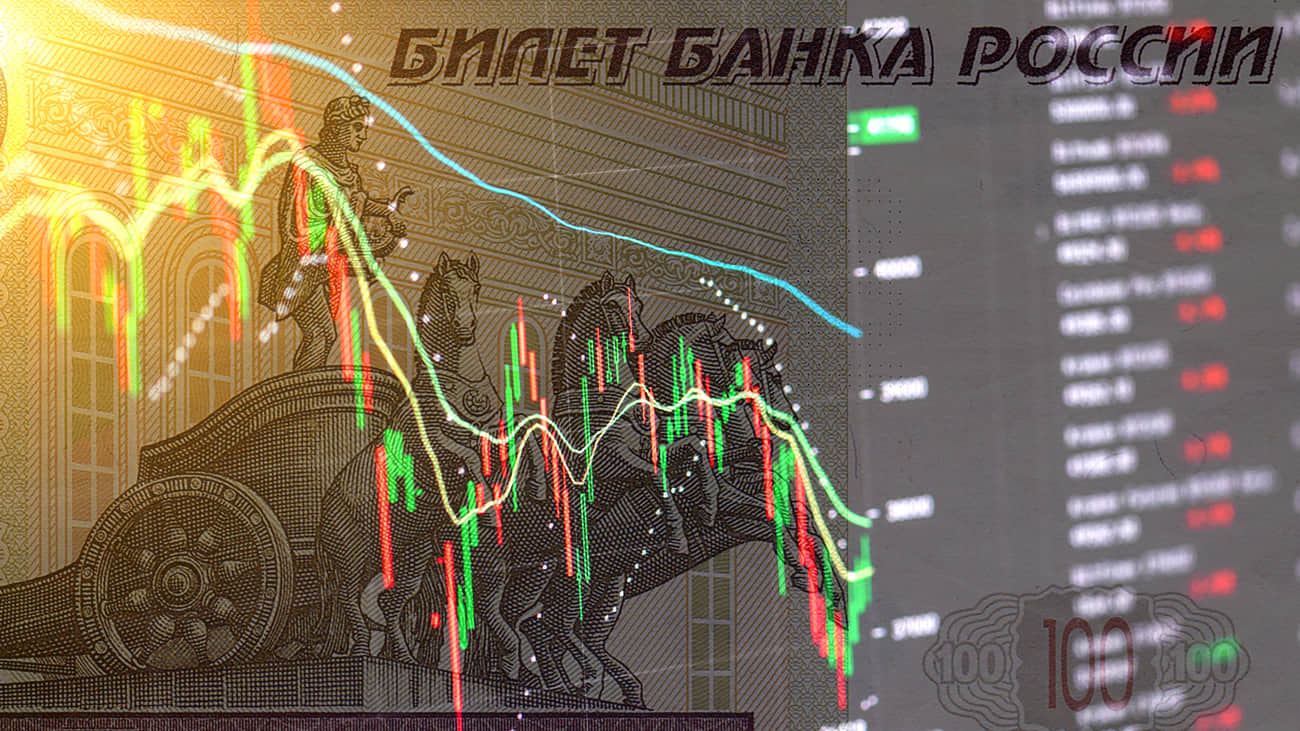‘Sticky’ hurdle rates contributing to resilient UK business investment
Research from the Bank shows that firms' use of 'hurdle rates' might be slowing the impact of higher interest rates.


The Bank of England’s interest rate hikes may not have impacted business investment as much as expected due to “sticky” hurdle rates, new research suggests.
Higher borrowing costs should lead to lower investment because it raises the cost of capital for firms. This in turn helps to slow the economy.
However, research from the Bank shows that firms’ use of ‘hurdle rates’ might be slowing the impact of higher interest rates.
A hurdle rate is the required return that a firm sets on an investment project. Their use is often concentrated among larger and more leveraged firms investing in tangible assets, such as real estate or manufacturing.
According to the Bank’s weighting system, about 45 per cent of firms use hurdle rates. But the Bank’s research suggests that hurdle rates tend to be high and have responded “sluggishly” to higher interest rates over the past two years.
The average hurdle rate is estimated to have increased from 14.7 per cent to 16.4 per cent in 2024 during which time interest rates have increased from near zero to over five per cent.
“Hurdle rates have increased since the start of the recent tightening cycle at the end of 2021, but by less than the increase in policy rates and the interest rates paid on loans by companies,” the research said.
When firms had adjusted their hurdle rates more recently, the impact on investment was much larger.
Firms who had changed their hurdle rates within the last six months had seen investment fall by around 20 per cent where those who had last changed their rate over three years ago only saw a five per cent fall.
This helps to explain why the impact of higher interest rates on business investment has been slightly lower than expected.
In the Bank’s August Monetary Policy Report (MPR), officials estimated that higher interest rates had reduced business investment by around eight per cent in the third quarter of last year.
However, the MPR also noted that there was not expected to be any further impact on business investment going into the third quarter of this year. It noted that there had been a “smaller peak impact” than had been expected in November last year.
Across 2023, business investment increased by 5.5 per cent in 2023 with a particularly strong contribution from investment in buildings.



